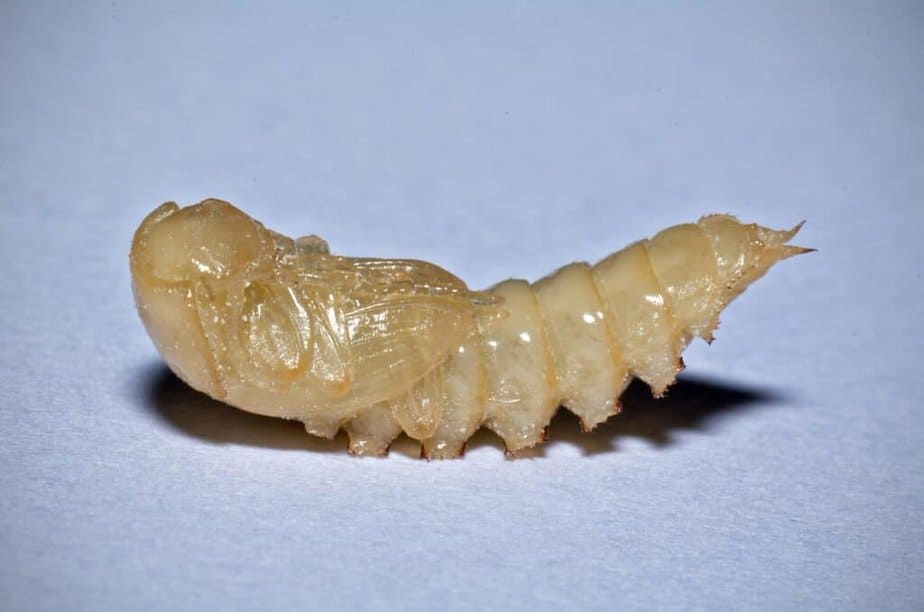This article will discuss whether or not you should feed your gecko with mealworm pupa to keep them healthy and happy.
Leopard Geckos can eat Mealworm Pupa. Mealworm pupa are an excellent source of protein for Leopard Geckos. They make a great snack and a tasty treat.
Will Your Leopard Gecko Eat Mealworm Pupa?
Mealworm pupa are an excellent treat for Leopard Geckos. They make the perfect supplement to your gecko’s diet and can be used as a way to get picky eaters interested in their food again.
The good news is that they’re easy to acquire! Many pet stores sell them in either small tubs or large buckets. They can be fed to your gecko any time of day.
Leopard Geckos are crepuscular creatures, so they eat most in the morning and evening when it’s cooler outside during the summer months or when it is dark out in the winter. However, mealworm pupa are easier to digest than live insects and can even be fed to your gecko in the middle of the day.
It should go without saying that mealworm pupae are not suitable for Insectivore Geckos; however, because Leopard Geckos usually eat bugs, it’s safe to assume they can eat mealworm pupa. They’re also a great way to get rid of mealworm beetles, which are small and fast. If one manages to slip into the cage, it’s best just to let your gecko have it because they’re too tiny to hurt them.
What do mealworm pupae look like?

Mealworm pupae are very different than their adult form. Leopard Geckos can eat both the larvae and the worms themselves, though you will need to make sure they’re not the type infested with bristly hairs. The beetle stage of mealworms can be found at nearly any pet store in a container near the feeder crickets.
Mealworm pupae are much smaller than adult mealworms, only about 1 cm long. They’re also much fatter and broader in shape with a slightly darker hue of yellow. There are no wings or legs on these worms, so they look far different from regular mealworms.
Why do leopard geckos eat mealworm pupa?
Mealworm pupa and regular mealworms offer a similar nutritional profile. Mealworm pupa, however, are easier to digest. They also contain much less chitin, which can cause vitamin and mineral deficiencies if their meals aren’t rich in it. Chitin is the material that makes up insect exoskeletons and hinders digestion in reptiles. The fact that Leopard Geckos are insect eaters means they don’t need to worry about chitin deficiency.
Nutrition value of mealworm pupae
Calcium is an essential mineral found in leopard geckos. It helps them absorb other nutrients and form strong bones and teeth. They get this calcium from their prey, so it’s a good idea to feed your lizard live prey high in calcium.
A medium-sized mealworm will contain around 12mg of calcium, while a super worm contains 26mg. Mealworms are one of the best live prey to feed leopard geckos because they’re easy to digest and don’t pass out in their digestive tract like crickets can.
Live prey is also high in fat, but mealworms contain lower levels than other insects like §crickets or grasshoppers. They contain around 63% protein, so they will give your gecko enough energy to catch their next meal. Just make sure not to overfeed your leopard gecko with mealworms.
Mealworms are high in essential minerals like copper and zinc. Your leopard gecko needs these minerals to maintain good eyesight and healthy skin. They also need them for muscle growth and development. There’s a chance you could substitute a different type of live prey for mealworms, but it’s best not to.
